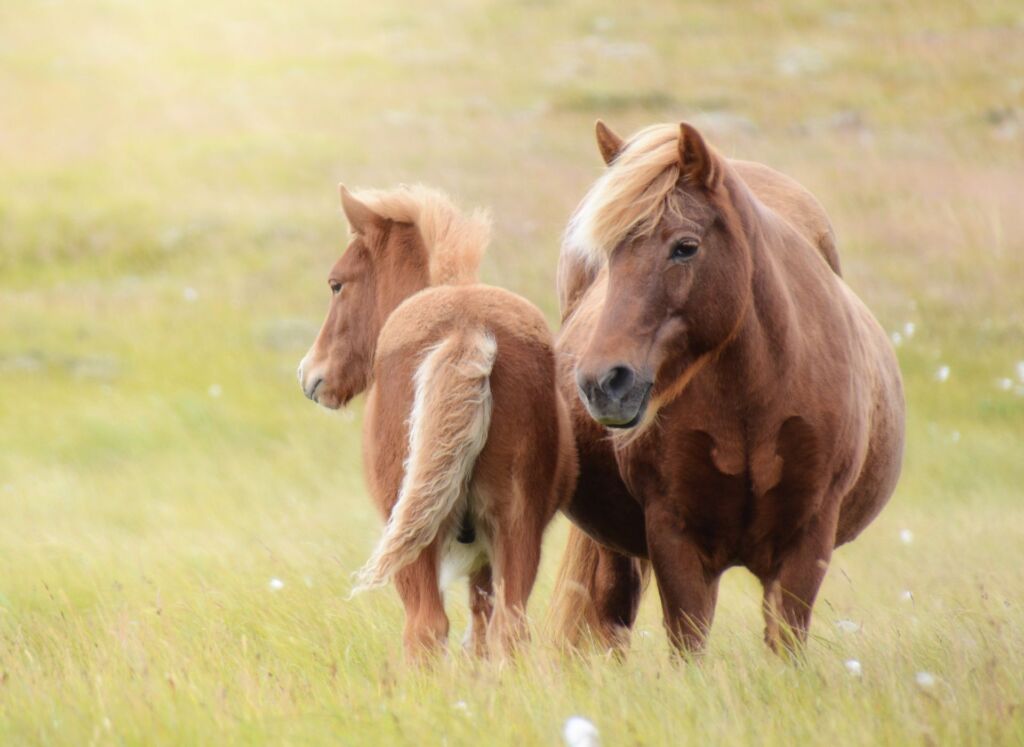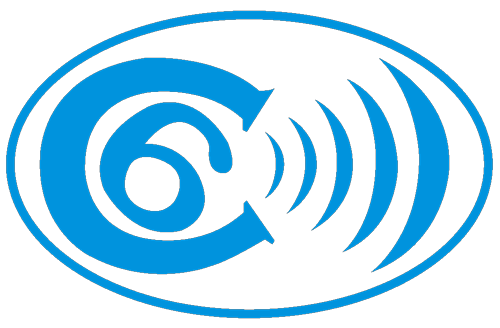It is difficult to understand precisely the oestrus cycle, that is, the hormonal changes that determine the cyclical maturation of the ovum. The same goes for the consequent fertility and the travail of the mare.
From the oestrus cycle to the birth, the mare will find herself facing an unpredictable period. Getting a horse to reproduce requires a lot of attention and is not an easy time for the breeder: in fact, the latter will have to try to understand the signals and pay attention to the physical manifestations of the animal. Here are some things to be aware of in order to bring your mare’s pregnancy to a successful conclusion.
From past to present: how things have changed
In the past, horse breeding was the result of a mixture of popular wisdom and a little luck. The mare was left alone to manage her body until the moment of delivery, which was almost always sudden. Today, love for the animal, the cost of reproduction (in many cases we are talking about expensive and difficult to perform artificial insemination and genetic combinations) and the difficulty of recognising the signs mean that we can no longer rely on chance. Therefore, the animal is no longer left alone to manage the moment of birth, but is supported by the breeder and the veterinarian.
For these reasons, it is important to be able to recognise when a mare is going into labour, as this is the moment we need to pay the most attention to and monitor carefully. This will allow the breeder to follow the birth carefully, thus safeguarding the health of both mother and foal.
Constant monitoring to pick up the signals
One of the warning signs that the mare is going into labour is a change in her behaviour. When the mare feels that the foal is about to be born, she begins to isolate herself, looking for somewhere to lie down and give birth to the foal in a protected environment.
This is an atavistic instinct, which after thousands of years is still strong in the behaviour of the animal. Therefore, if the mare is nervous and constantly looking for the right place to give birth to her foal, you will be faced with a clear sign that she is close to giving birth.

Other signs that reveal the proximity of birth
To understand if the mare’s labour has started or is about to start, it is necessary to check the udders. In fact, four to six days before giving birth the udders increase in volume, and when small quantities of thick milk start to appear on them, the breeder should start to plan for the birth and inform his vet, who should be ready to intervene at any moment.
Furthermore, a few days before giving birth, the belly may appear smaller because the mare contracts her abdominal muscles to bring the foal into the correct position for birth. The vulva, which appears very relaxed when close to foaling, and the arching of the back are also signs that a bow (pink or blue) will soon become a source of pride for the stable. Finally, on the day of the foaling the mare appears very restless, sweats a lot and lies down and gets up frequently. When the contractions start, the mare must not be disturbed.
The birth of the foal
When the foal reaches the birth canal, the amniotic sac bursts and, when uterine contractions begin, the foal comes out with its front legs and nose. Afterwards, the head and shoulders, the largest part of its body, will appear. Usually the mare will rest for a few minutes, and when she decides to get up, the foal will have completely slipped out of the birth canal and the umbilical cord will have been naturally severed.
The placenta should be completely detached from the mare’s uterus within two hours, or at the latest within six hours after giving birth. If the foetal membranes are not spontaneously expelled, it is necessary to request the intervention of a vet immediately: it is essential to carefully check the placenta to make sure it is intact and complete, as any shreds left inside the uterus could lead to serious complications.
Foaling Alarm: technology to support horse breeding
Technology has allowed us to develop methods that can support the breeder even in delicate moments such as the labour of the mare and the birth of the foal. Our equine birth monitoring systems, such as the C6 Birth Control and the C6 Evo, can send an SMS alert or a call as soon as the birth is imminent. In fact, the transmitter installed in the mare’s vulva during the last days of pregnancy notifies the numbers previously registered in the system when the animal needs assistance.
In any situation, they will prove to be perfect and irreplaceable allies, and will allow you to avoid many sleepless nights and to be present at the time of the mare’s labour and foaling. In practice, thanks to these devices, you will be able to witness the birth of the foal and safeguard the health of mother and child, acting promptly in case of complications.
Choose the Foaling Alarm mare foaling monitoring system
A foaling signalling system for horses is therefore an essential tool for breeders, as it allows them to provide the best possible assistance to the mare during this extremely delicate moment, which is prone to terrible complications. At Sisteck we specialise in the design and production of equine birth alarm devices and, if you would like the best technical support during the birth of your mare, please contact our expert technicians now. Thanks to their assistance you can enjoy the solutions best suited to your needs. We look forward to hearing from you!






